Frank Sinatra’s Palm Springs retreat is renovated with nostalgic 1960s interiors
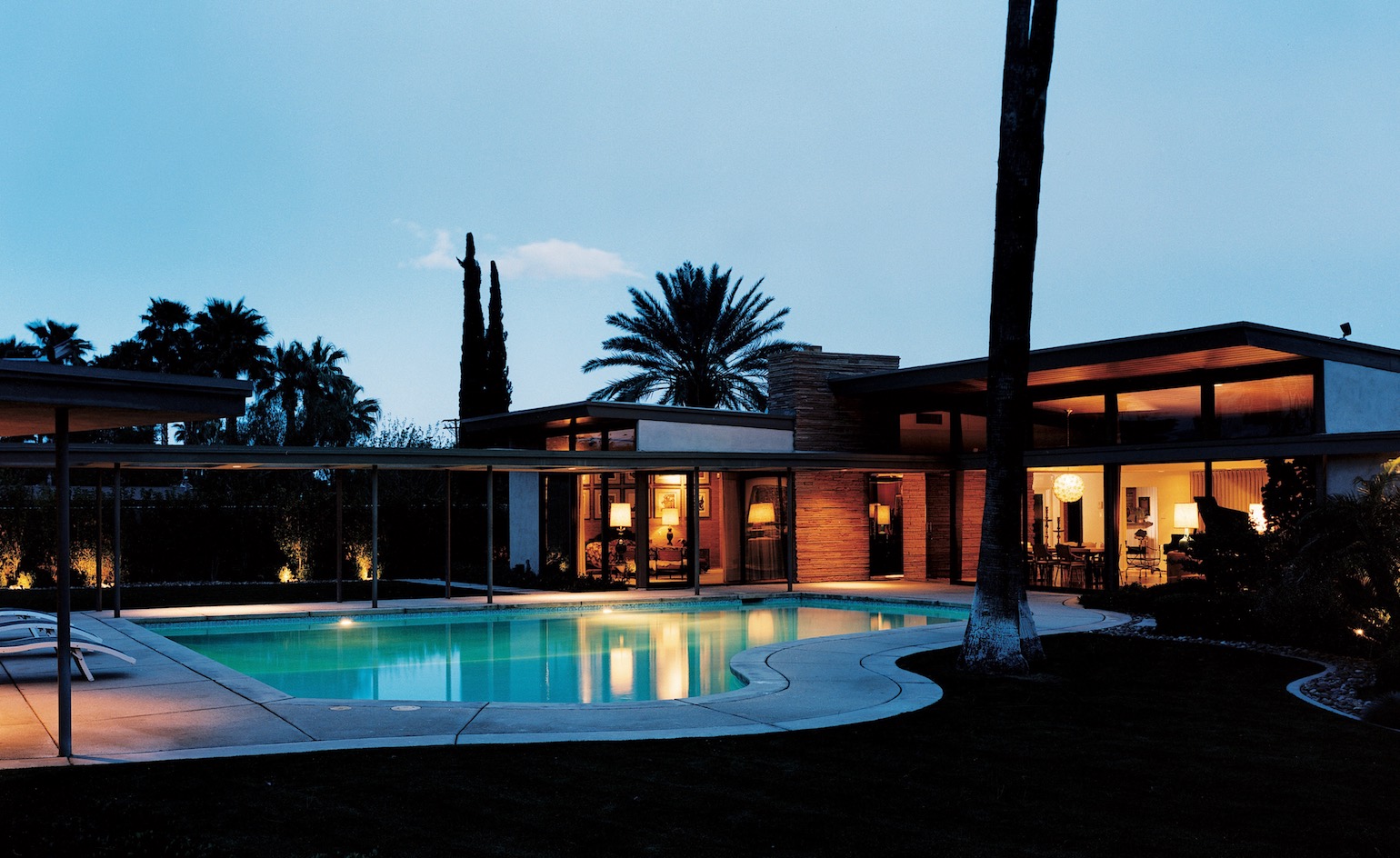
Search for the phrase ‘party at Frank Sinatra’s house’ on YouTube and you’ll be treated to footage of Paris Hilton and Lindsay Lohan shaking their tail feathers in one of Palm Springs’ most fabled homes. The occasion for Paris and Lindsay’s booze-fuelled bacchanal at Casa Sinatra was the 2007 Coachella music festival.
On one hand, the spectacle that unfolds on YouTube can be seen as a sad commentary on the diminished wattage of today’s pop stars versus those of Sinatra’s era. Those inclined to a more sanguine interpretation, however, might submit the video as evidence that the Rat Pack spirit – guys and dolls bumping and grinding into the wee small hours – remains alive and well in the 21st century.
Sinatra commissioned the house in 1947 as a refuge for his young family – his first wife, Nancy Barbara, and their two children, Frank Jr and Nancy. The marriage dissolved several years later and so did the dream of a cosy retreat intended for wholesome family fun. In various biographies of Sinatra and his second wife, actress Ava Gardner, the Palm Springs house is generally painted as a den of intemperance and debauchery, a place where alcohol and sex frequently collided to operatic effect.
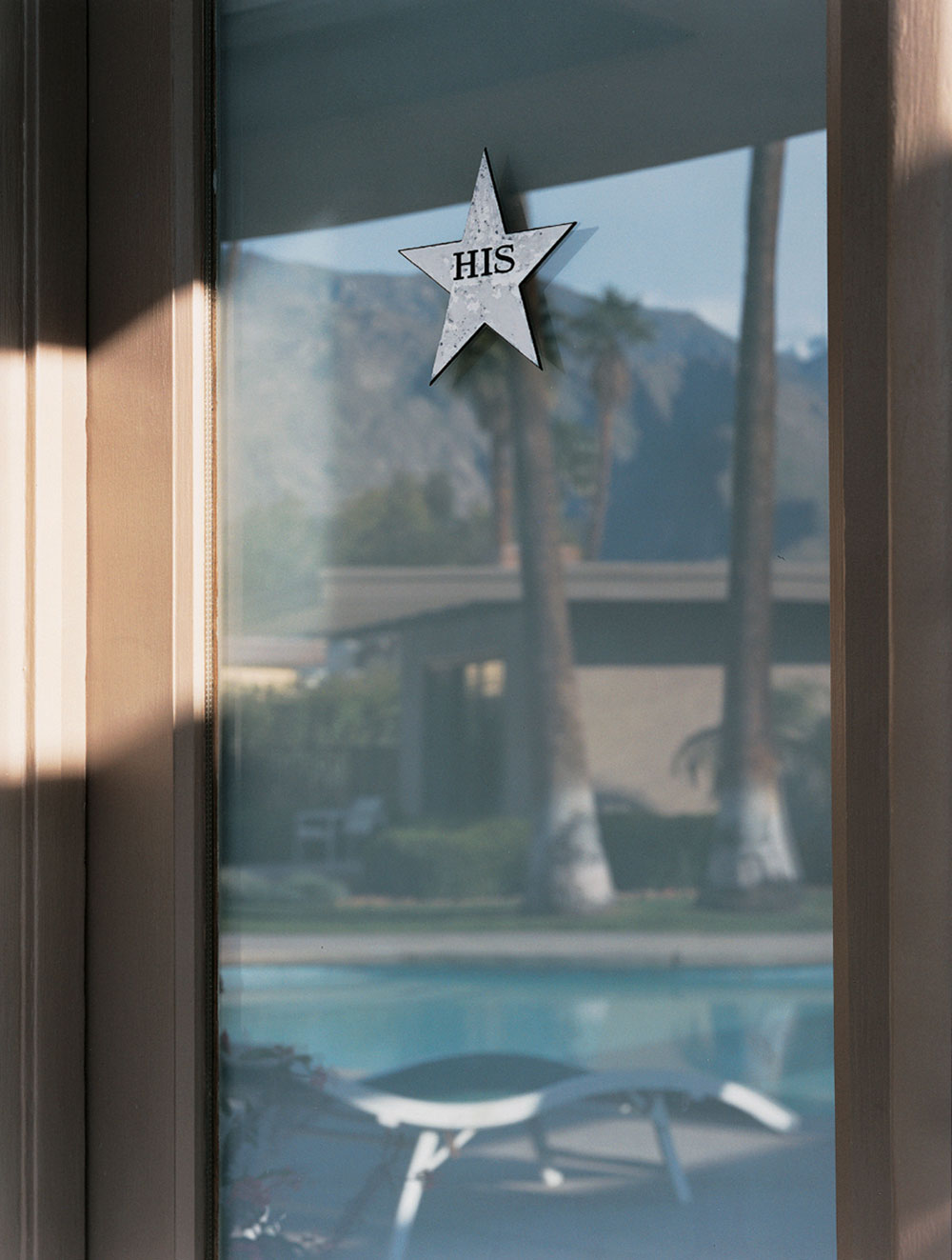
Sinatra’s poolside changing room.
Given the iconic stature of the house’s owner, it’s only natural that the history of the place has become clouded by myth and gossip. One delicious tale suggests that Marlene Dietrich and Greta Garbo used the famous piano-shaped swimming pool for lesbian trysts. A crack in the sink in the master bedroom is preserved as a shrine to the moment when Sinatra supposedly threw a champagne bottle at Gardner in a fit of rage.
Long-time denizens of Palm Springs recall that Sinatra would hoist a Jack Daniels flag between two soaring palm trees next to the pool as a signal that the house was open and the liquor was flowing.
Certain facts about Twin Palms (as the house came to be called) can be confirmed with a higher degree of certainty. Sinatra commissioned the place after he made his first million dollars as a testament to his success as a crooner, heartthrob and rising star of the silver screen. It was the first residential commission for E Stewart Williams, a Californian architect whose distinctive style would later help shape the image of Palm Springs as a bastion of classical modernist architecture in California’s Coachella Valley.
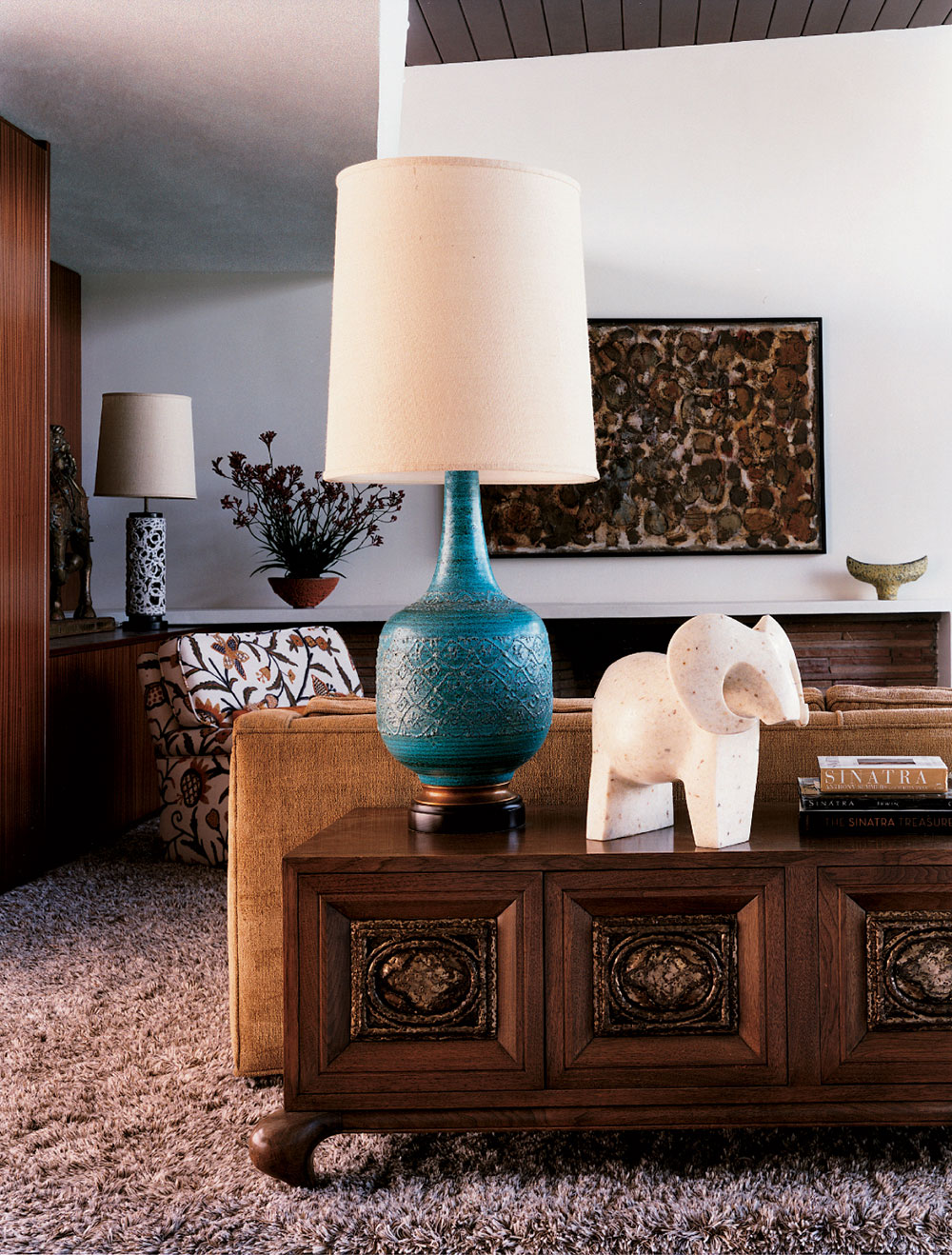
The living room with vintage Monteverdi Young credenza.
When New York media executive Eric Ellenbogen purchased the property three years ago, his research led him to Williams’ daughter-in-law, Sidney, who unearthed the floor plans. ‘I wanted to understand the original layout of the house before I did anything, but I wasn’t interested in doing a dry historical restoration or a nostalgic Hollywood movie-set version of what Palm Springs was like in the 1950s,’ he says. ‘I wanted it to be evocative of Sinatra and his era, but it had to have a life of its own.’
With that in mind, he enlisted the services of Darren Brown, a New York-based interior decorator who had helped to solidify Palm Springs’ cachet among young hipsters with his work at the Parker hotel, a project he directed while working in the office of Jonathan Adler. ‘Darren’s approach isn’t dogmatic. He doesn’t have one specific look or style that he tries to force on every project,’ says Ellenbogen. ‘Whenever I stayed at the Parker, I thought “This is the vibe that I want for my house.”’
RELATED STORY
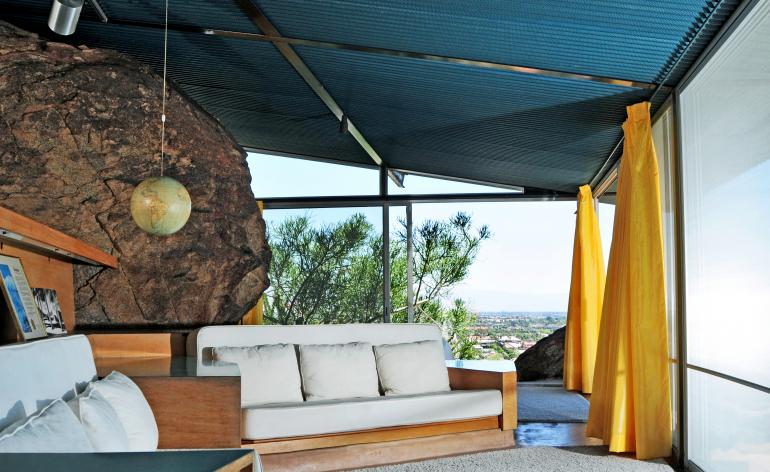
The architects who built Palm Springs: Albert Frey
For his part, Brown was relieved to find a client with the intellectual curiosity and imagination to look beyond the clichés of midcentury California modernism. ‘When most people think of that period, they think of immaculate Neutra houses and Julius Shulman photographs of spare, elegant interiors with just one or two pieces of modern furniture,’ Brown says. ‘The reality of that time period was more nuanced. There were plenty of floral chintzes and comfy club chairs in those sublime modern houses. I wanted to embrace a little of that Lucy and Desi spirit.’
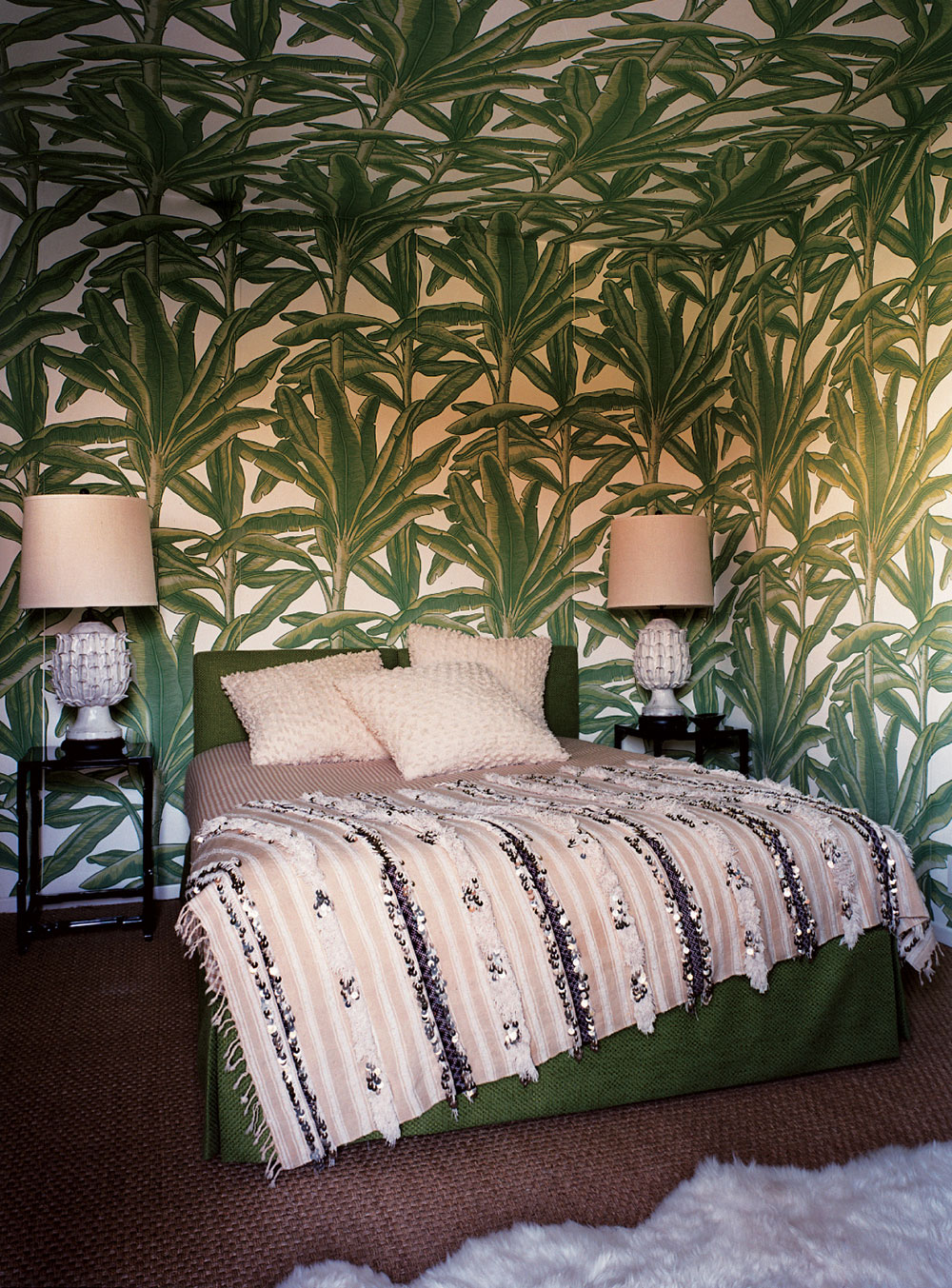
The former staff bedroom, now a guest room, features wallpaper by Clarence House and custom-designed pineapple table lamps by Darren Brown.
Working in tandem, Brown and Ellenbogen developed an aesthetic for the renovation that has its roots in the fashionable Palm Springs houses of the late 1940s, but moves into the haute-bourgeois Beverly Hills-style luxury of the 1960s. The mix of furnishings includes items from Ellenbogen’s own collection, as well as pieces purchased at local vintage stores and secondhand shops. The assemblage is unexpected, idiosyncratic yet highly personal.
A set of Jacques Adnet chairs surrounds a dining table by Paul Frankl. Temple rubbings from Thailand hang alongside abstract paintings. Chairs by Paul McCobb and T H Robsjohn-Gibbings, as well as drapes made from vintage fabrics by Jack Lenor Larsen and colourful Italian ceramics from the 1950s, spice up the eclectic décor.
To keep an element of authentic historical texture, Brown preserved the original fixtures in the master bathroom, including the Raymond Loewy taps, and re-installed Sinatra’s recording equipment and sound system, which had been exiled to the garage.
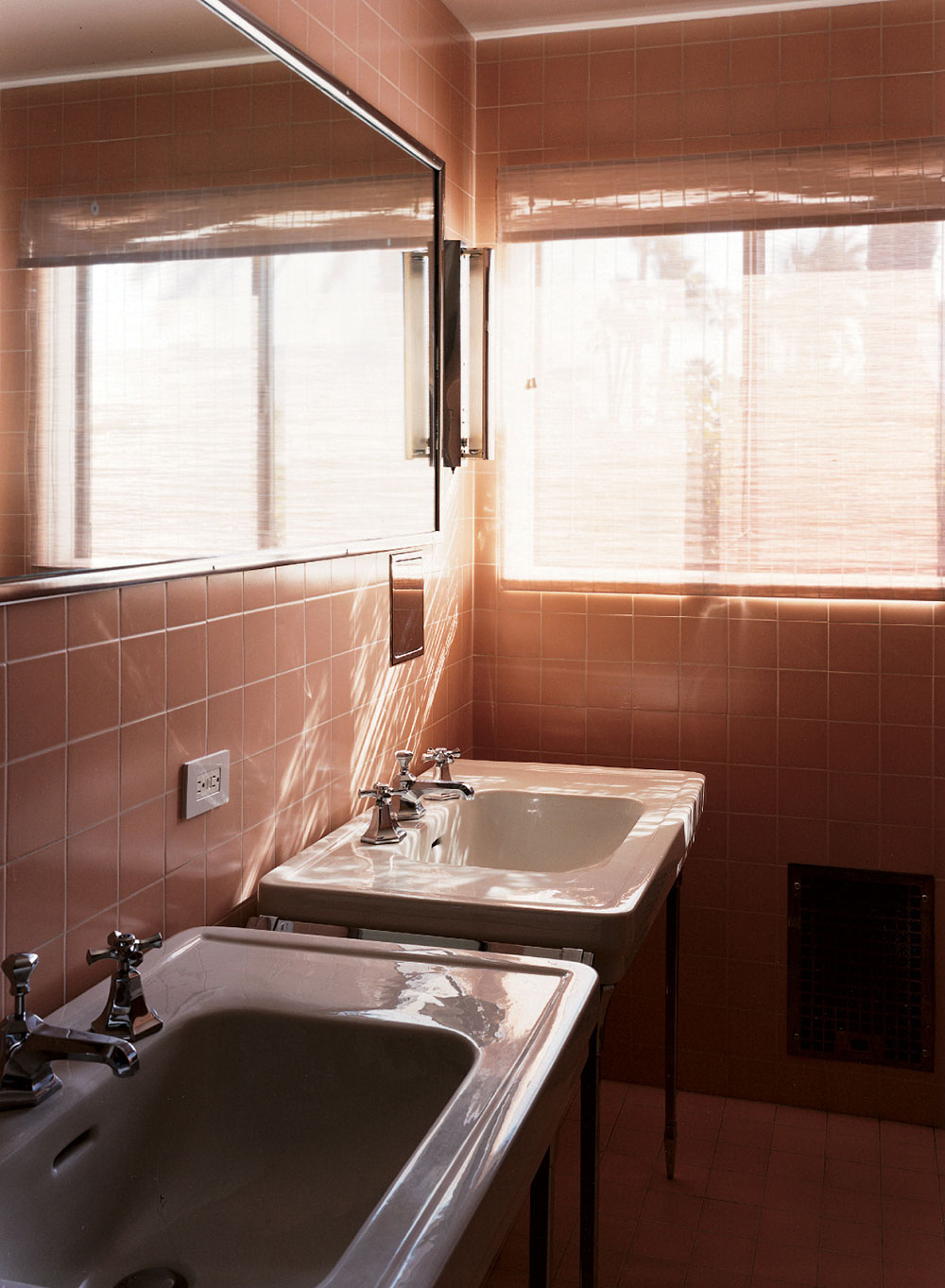
The pink master bathroom, preserved with original fixtures.
‘The house pays homage to the legend of Sinatra. It still feels very masculine and groovy, but it’s not a museum,’ insists Brown. ‘We used lots of great modern furniture, but we also used pieces that have a more natural, crafty, handmade feeling. We wanted opulence as well as comfort. The mix says as much about Eric as it does about Frank.’
The house also underscores the dramatic disparity between contemporary notions of luxury and leisure and the more modest aspirations of an earlier generation. ‘Sinatra was already a big star when he built this house, but it’s a quarter of the size of a typical McMansion today,’ says Ellenbogen. ‘There was a kind of simplicity and loveliness to that way of life that people seem to have forgotten. The bathroom is just a bathroom, not a bathroom pavilion. Of course, it doesn’t hurt that it was Sinatra’s bathroom.’
As originally featured in the October 2008 issue of Wallpaper* (W*115)
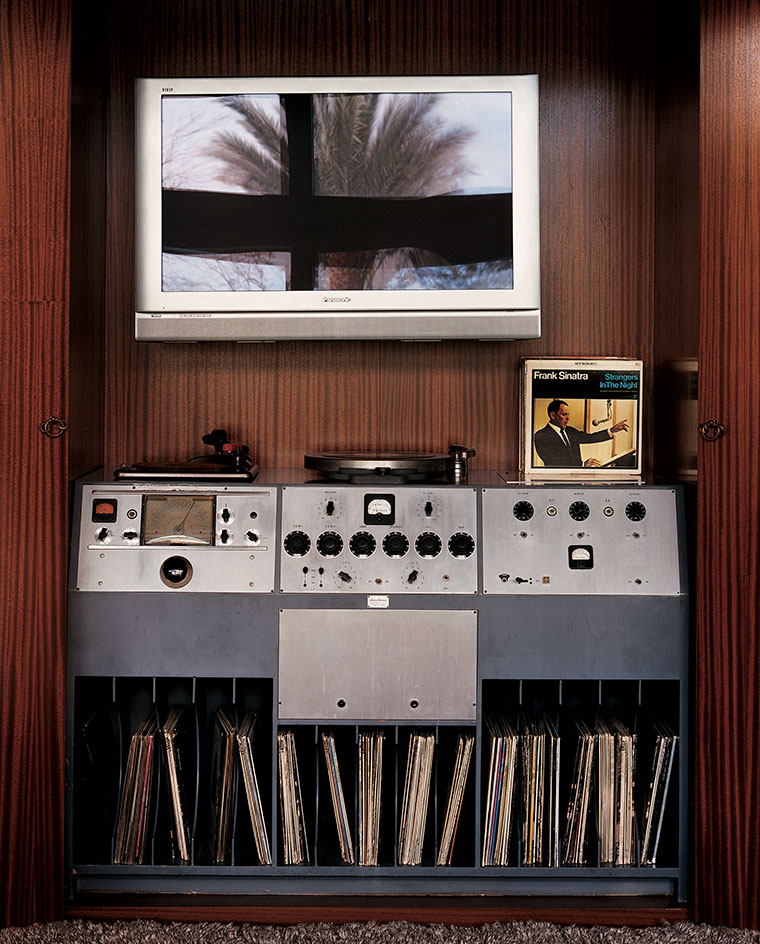
Sinatra’s original recording equipment, which Brown salvaged from the garage and reinstalled

The house’s view of the mountains and the twin palms that gave the property its name. Sinatra used to hoist a Jack Daniels flag between them to signal the house was open for partying
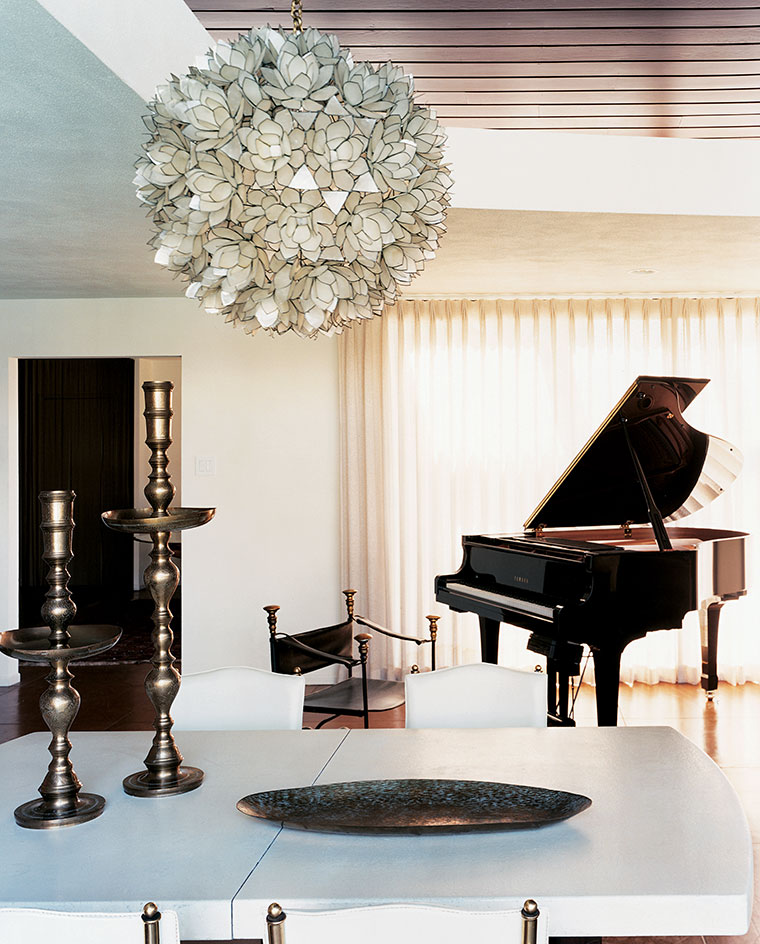
The living room, with a new self-playing piano, has a vintage Paul Frankl dining table and Jacques Adnet chairs
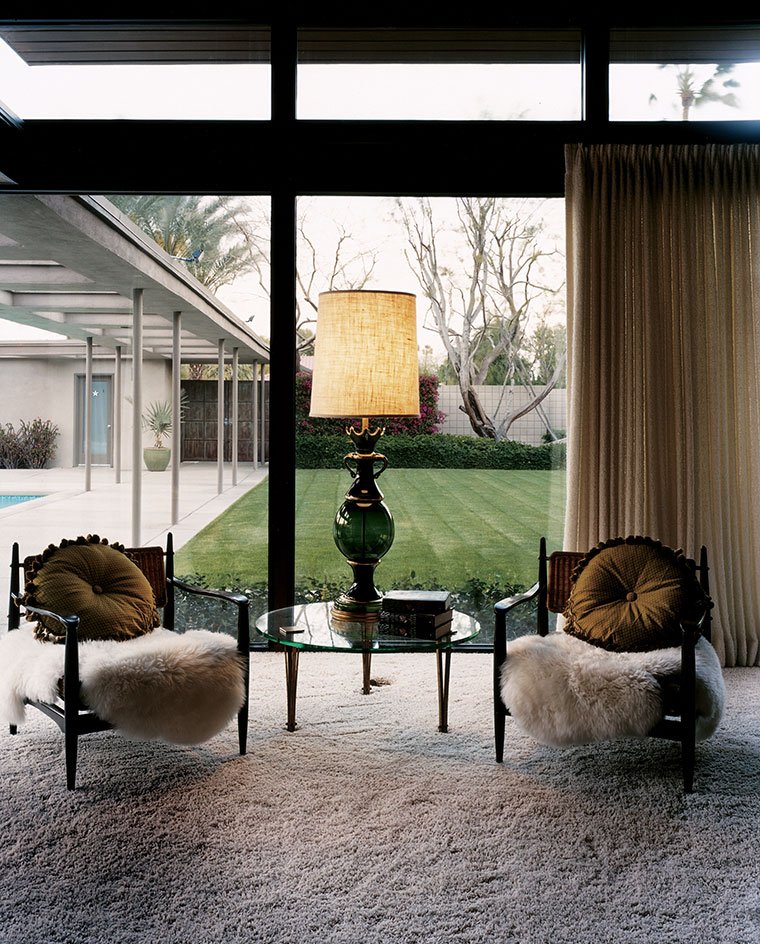
A vintage green glass Marbro lamp, 1960s Danish chairs and Jack Lenor Larsen curtains in the master bedroom
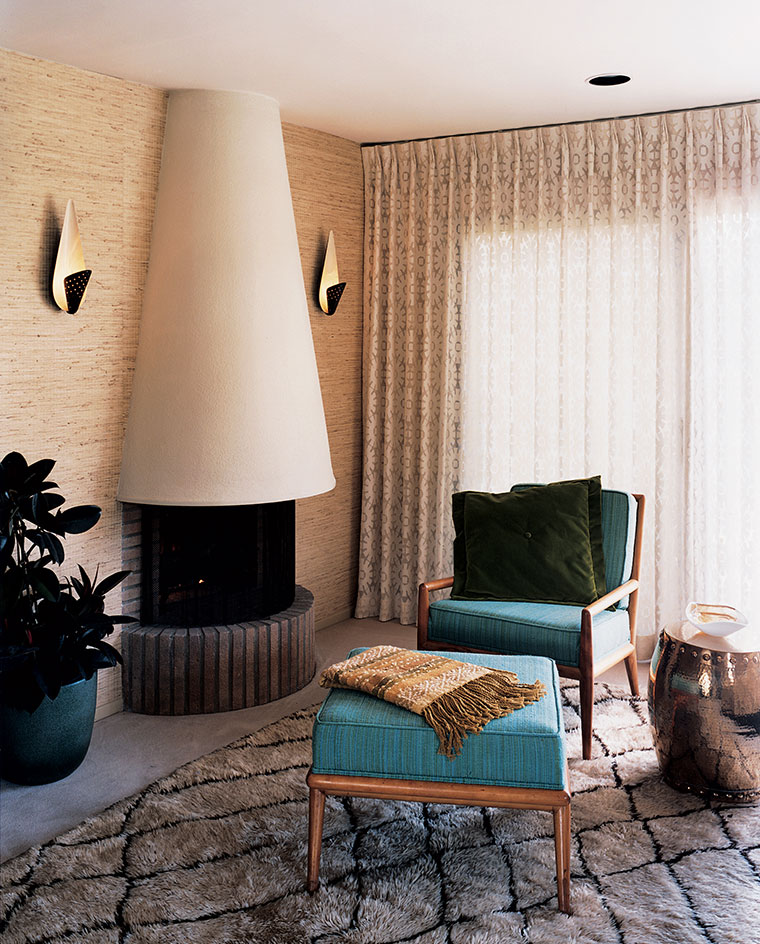
One of the bedrooms features a fireplace, as well as wallpaper by Wolf Gordon and a vintage chair and ottoman by T J Robsjohn-Gibbings
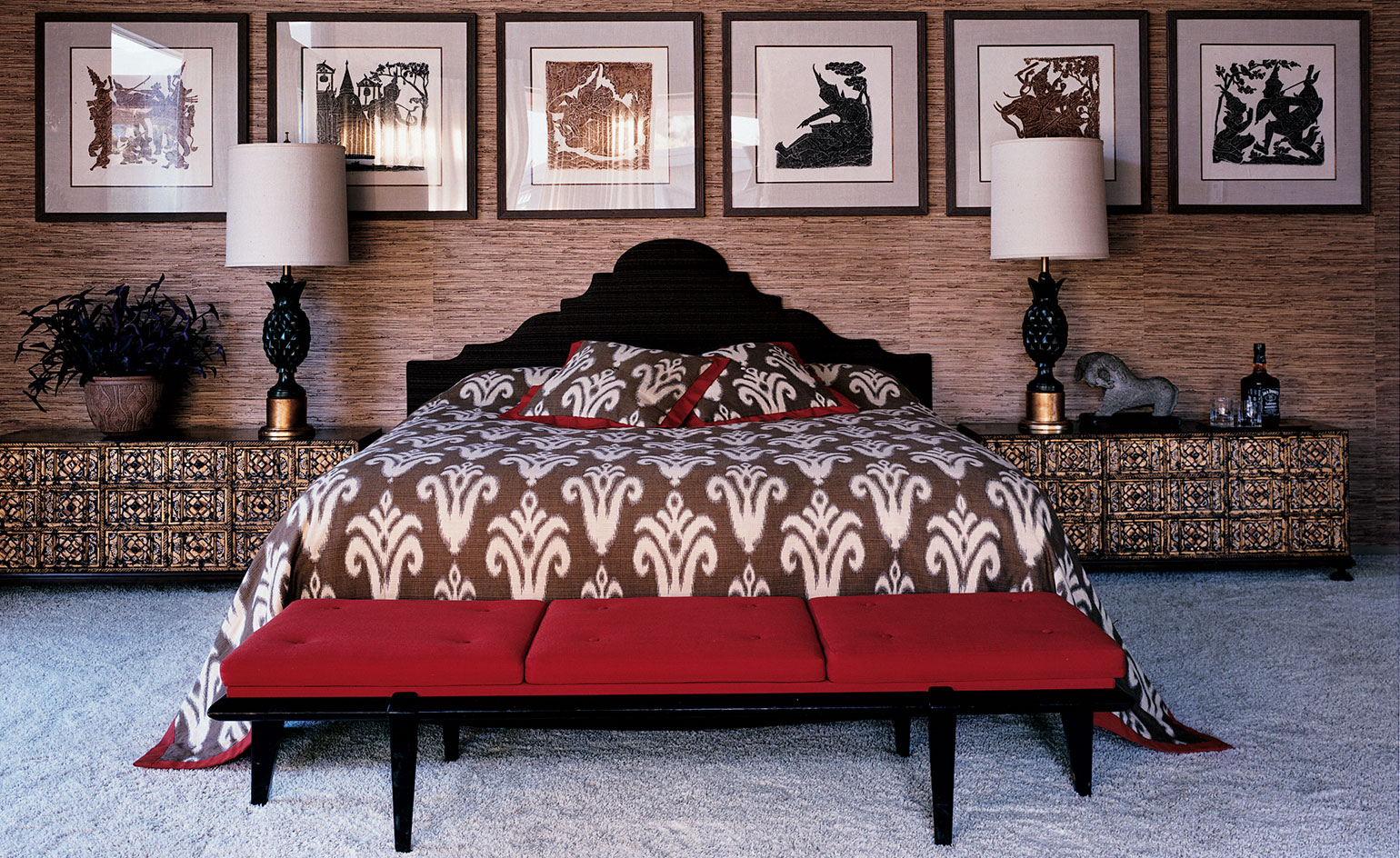
The master bedroom, which inhabits its own wing, features a pair of vintage Marbro lamps and John Widdicomb side tables, and a bench by Paul Laszlo
INFORMATION
Receive our daily digest of inspiration, escapism and design stories from around the world direct to your inbox.
For more information, visit the Sinatra House website
-
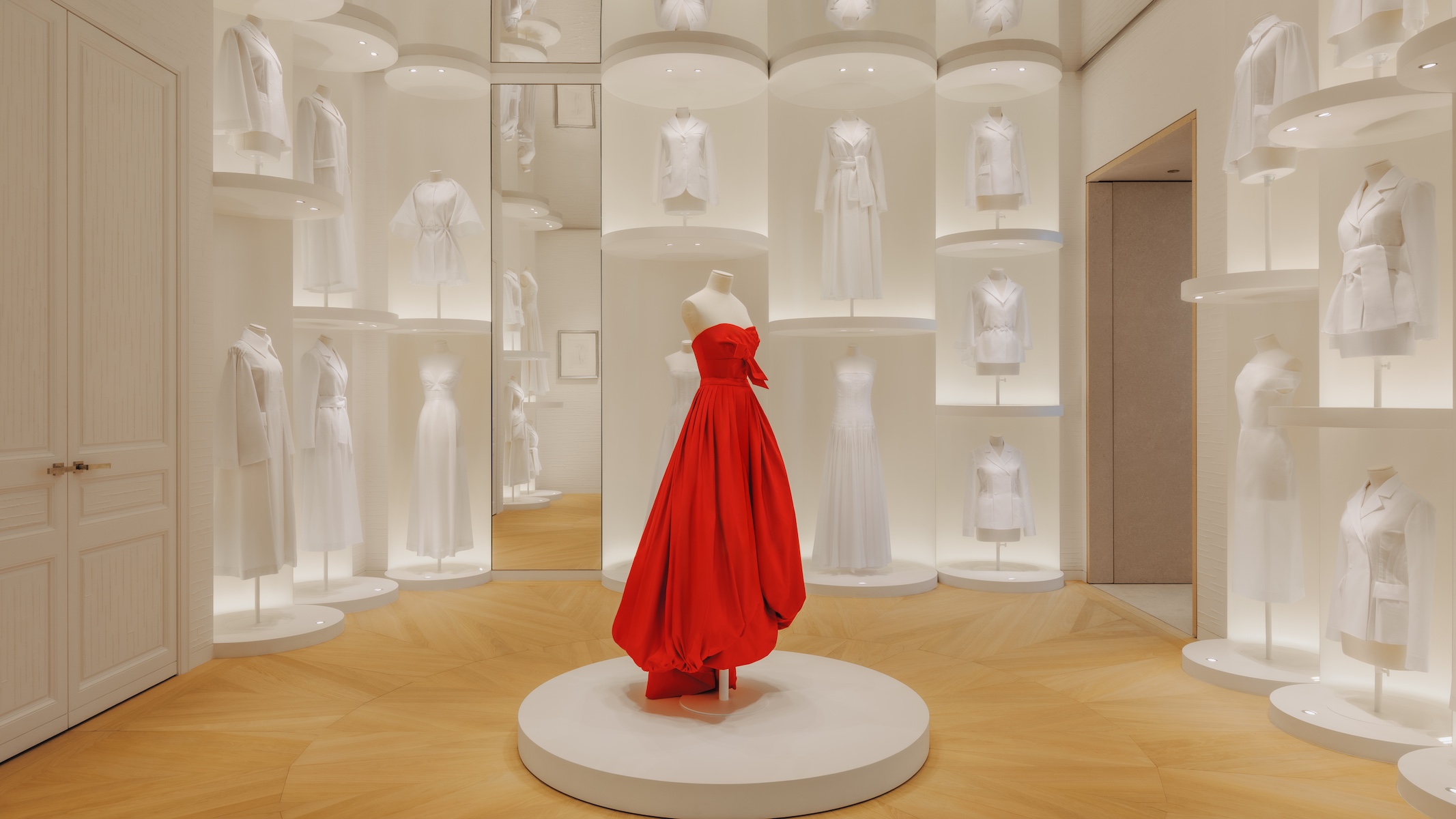 Inside Christian de Portzamparc’s showstopping House of Dior Beijing: ‘sculptural, structural, alive’
Inside Christian de Portzamparc’s showstopping House of Dior Beijing: ‘sculptural, structural, alive’Daven Wu travels to Beijing to discover Dior’s dramatic new store, a vast temple to fashion that translates haute couture into architectural form
-
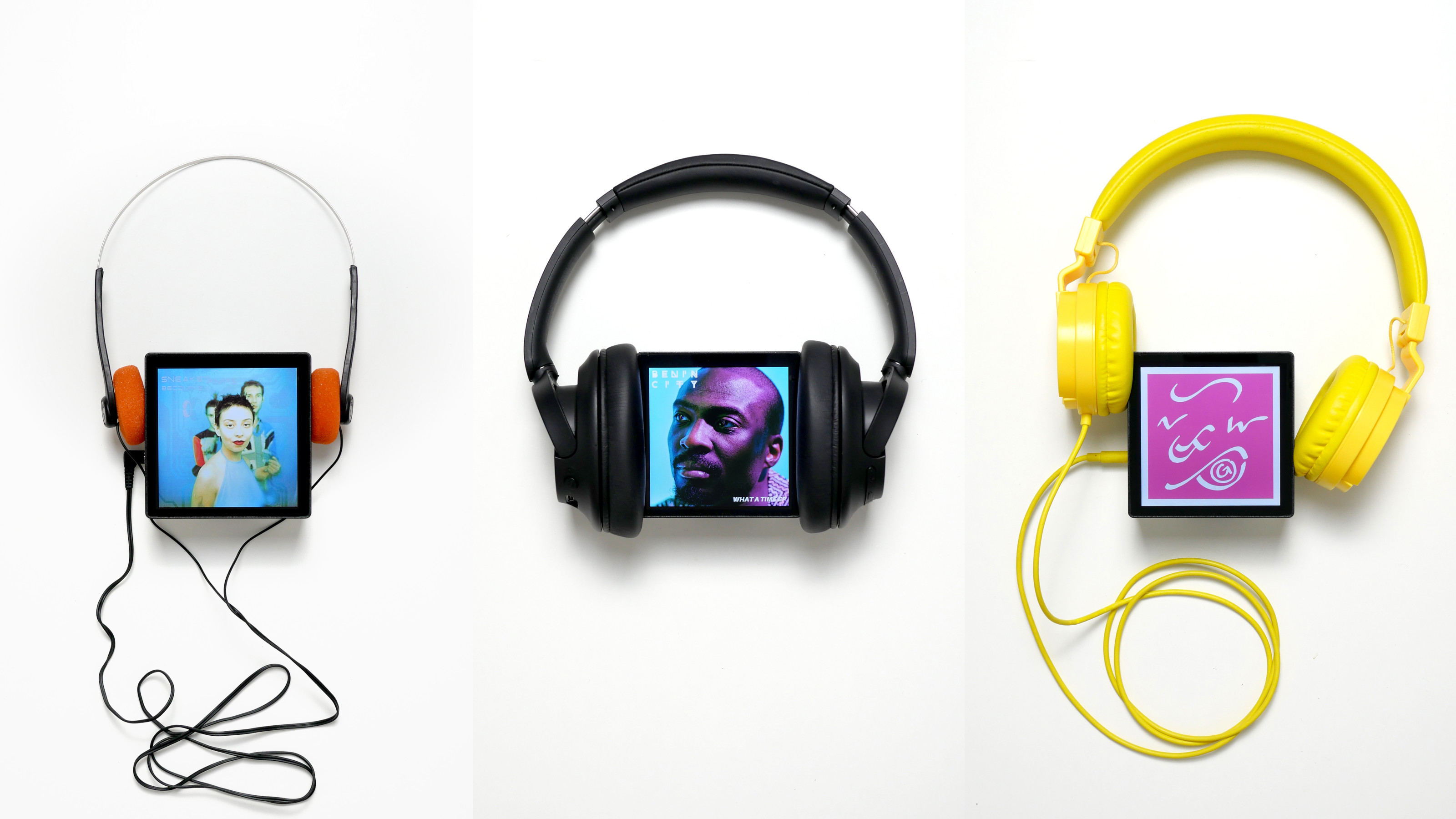 A music player for the mindful, Sleevenote shuns streaming in favour of focused listening
A music player for the mindful, Sleevenote shuns streaming in favour of focused listeningDevised by musician Tom Vek, Sleevenote is a new music player that places artist intent and the lost art of record collecting at the forefront of the experience
-
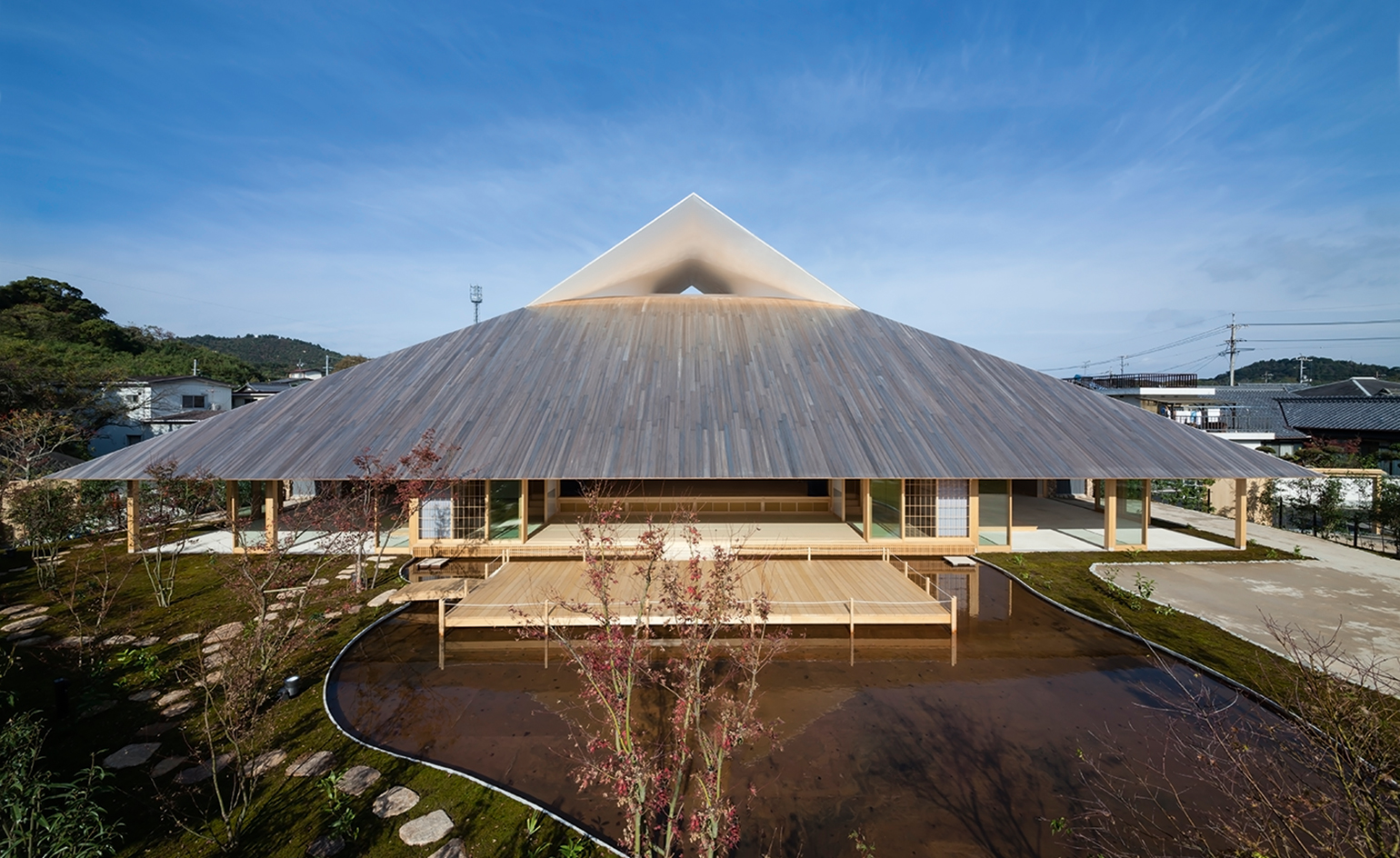 Take a tour of the 'architectural kingdom' of Japan
Take a tour of the 'architectural kingdom' of JapanJapan's Seto Inland Sea offers some of the finest architecture in the country – we tour its rich selection of contemporary buildings by some of the industry's biggest names
-
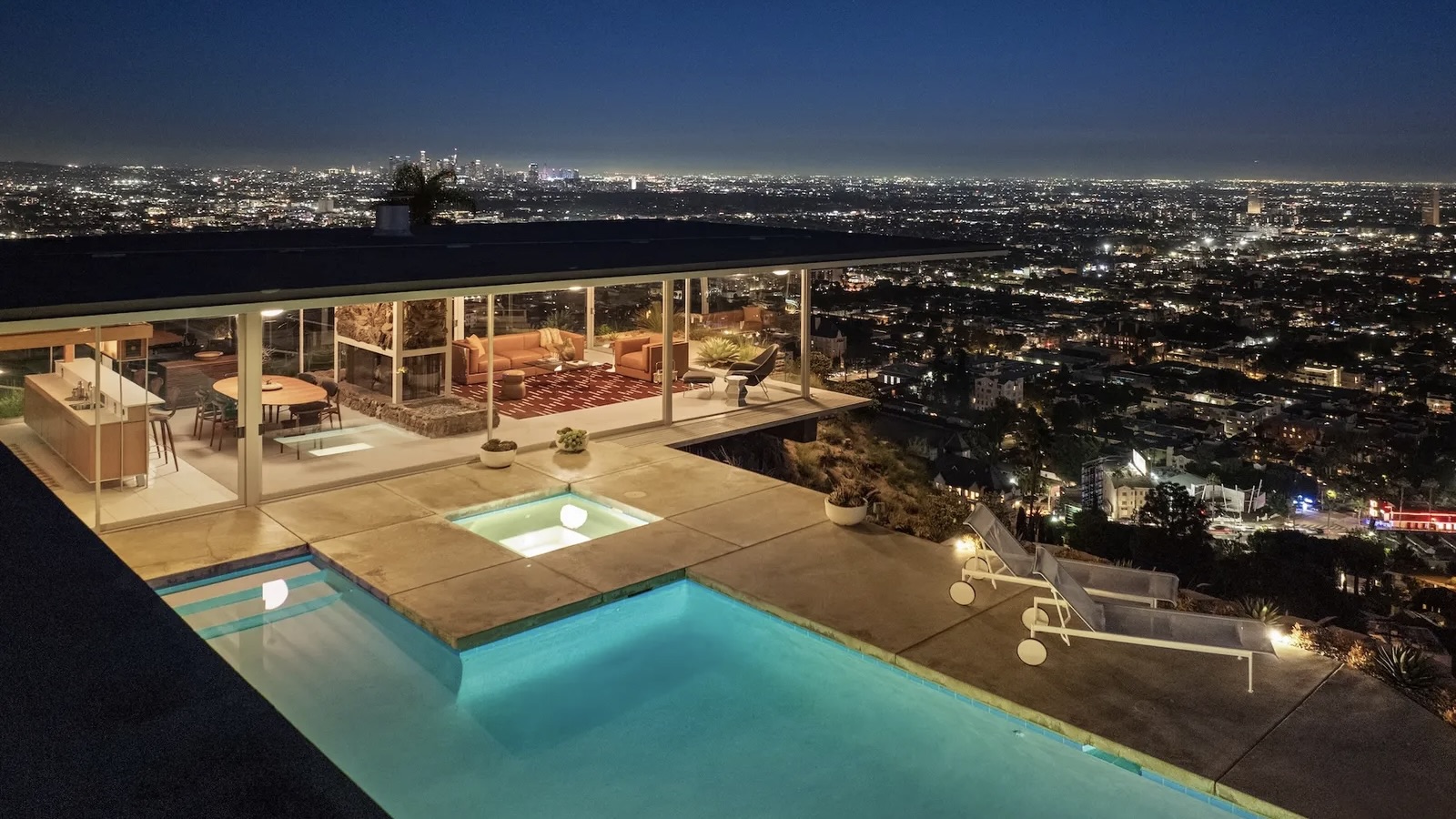 The Architecture Edit: Wallpaper’s houses of the month
The Architecture Edit: Wallpaper’s houses of the monthFrom wineries-turned-music studios to fire-resistant holiday homes, these are the properties that have most impressed the Wallpaper* editors this month
-
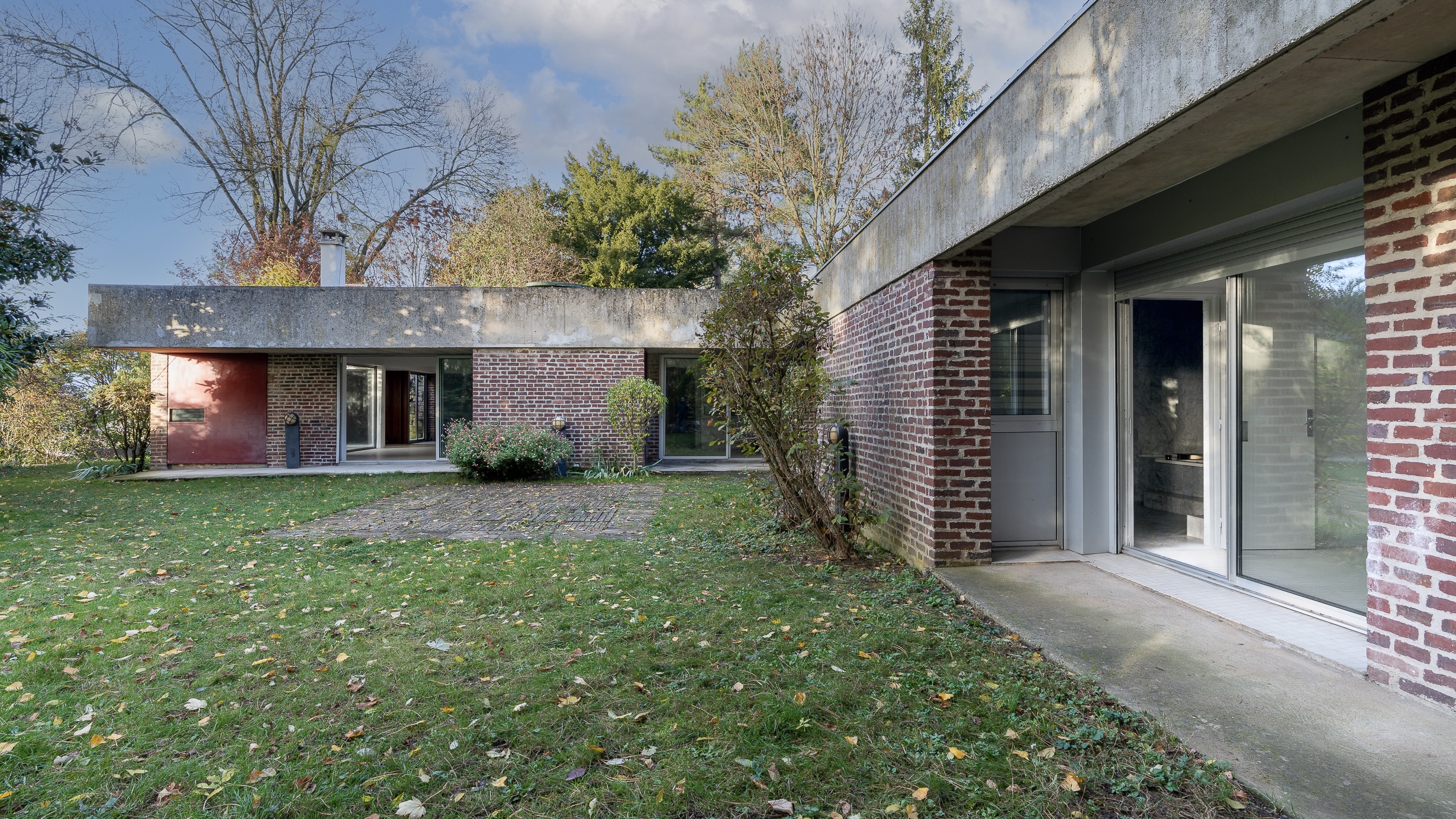 This modernist home, designed by a disciple of Le Corbusier, is on the market
This modernist home, designed by a disciple of Le Corbusier, is on the marketAndré Wogenscky was a long-time collaborator and chief assistant of Le Corbusier; he built this home, a case study for post-war modernism, in 1957
-
 Louis Kahn, the modernist architect and the man behind the myth
Louis Kahn, the modernist architect and the man behind the mythWe chart the life and work of Louis Kahn, one of the 20th century’s most prominent modernists and a revered professional; yet his personal life meant he was also an architectural enigma
-
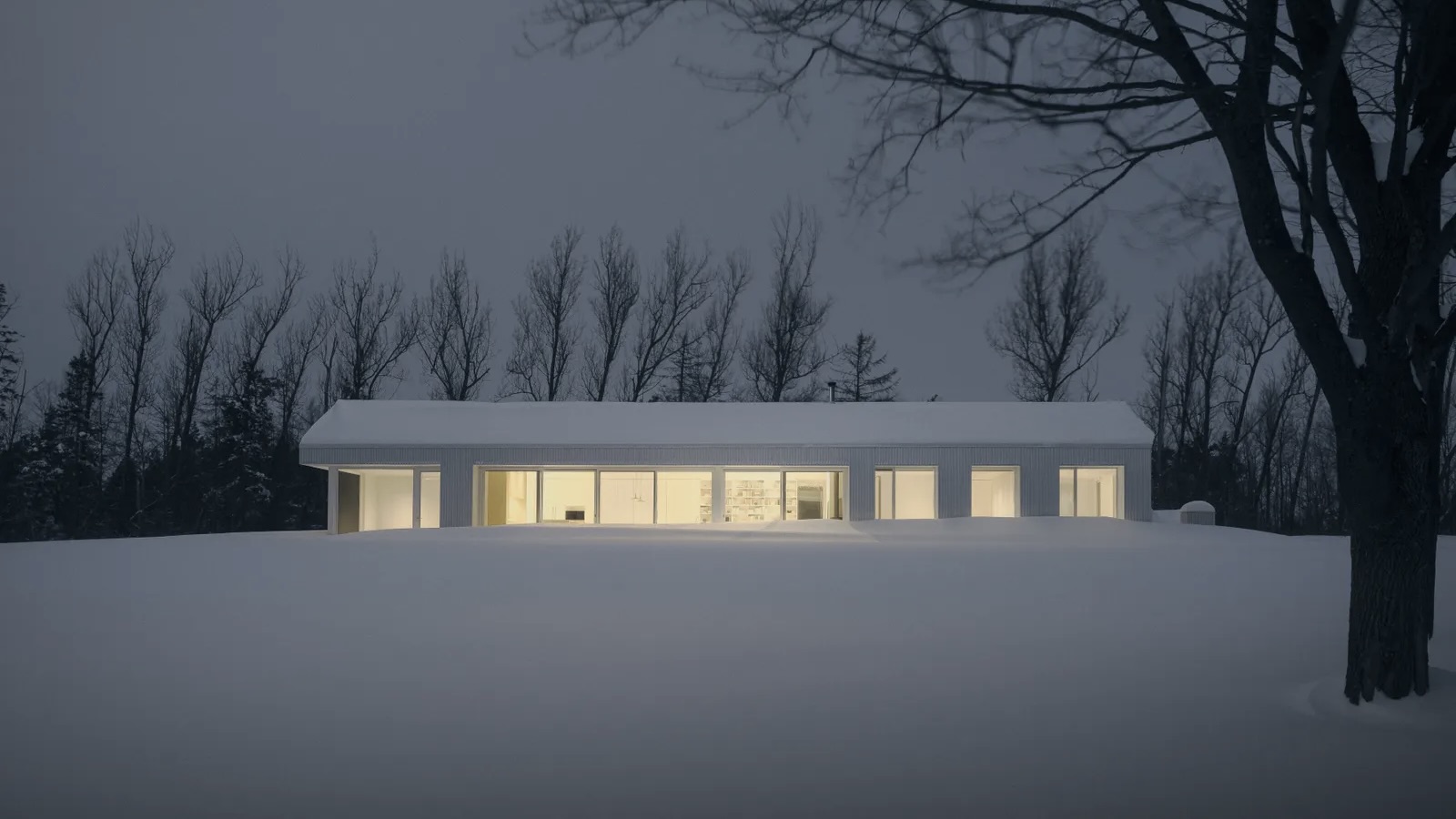 The Architecture Edit: Wallpaper’s houses of the month
The Architecture Edit: Wallpaper’s houses of the monthFrom Malibu beach pads to cosy cabins blanketed in snow, Wallpaper* has featured some incredible homes this month. We profile our favourites below
-
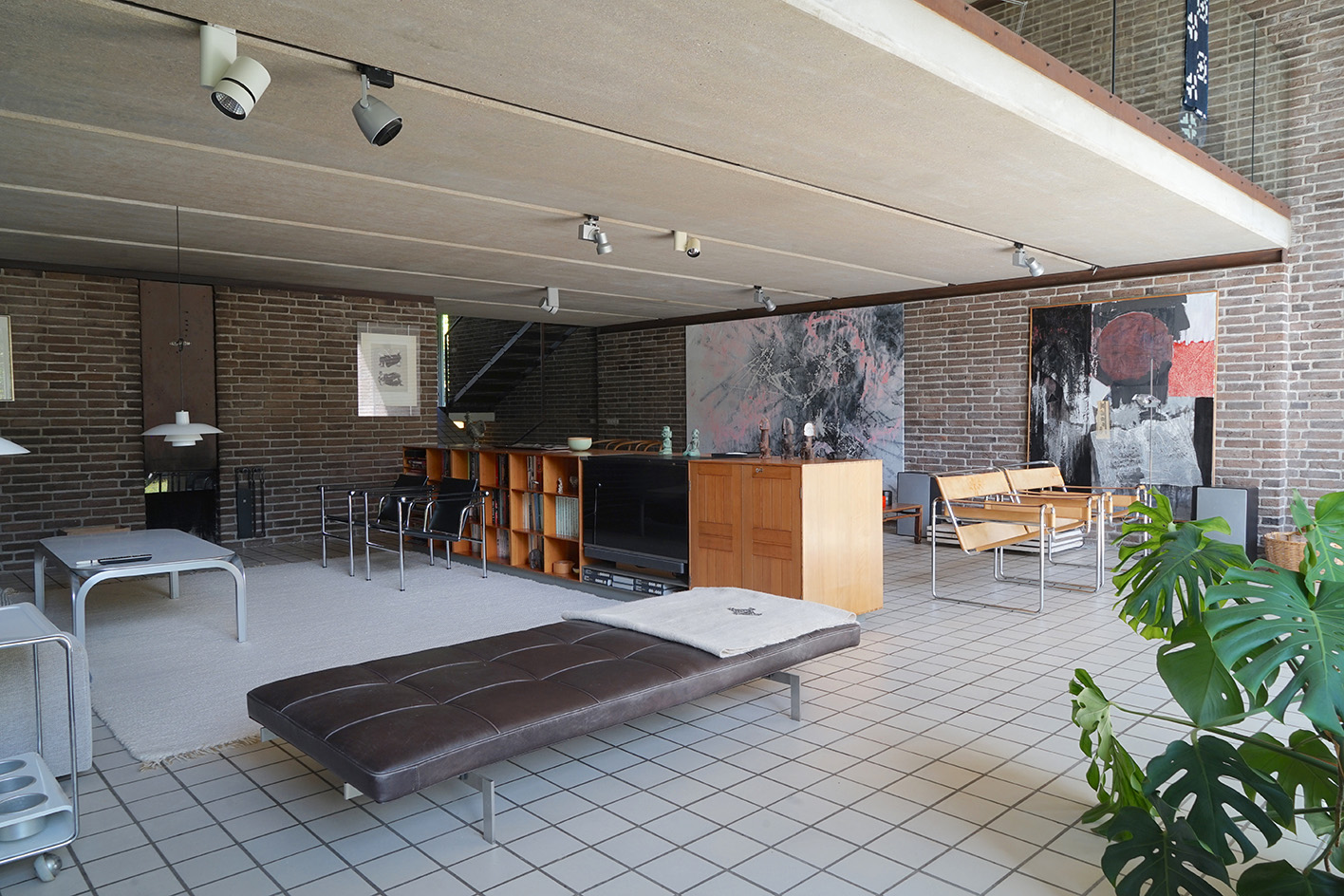 Three lesser-known Danish modernist houses track the country’s 20th-century architecture
Three lesser-known Danish modernist houses track the country’s 20th-century architectureWe visit three Danish modernist houses with writer, curator and architecture historian Adam Štěch, a delve into lower-profile examples of the country’s rich 20th-century legacy
-
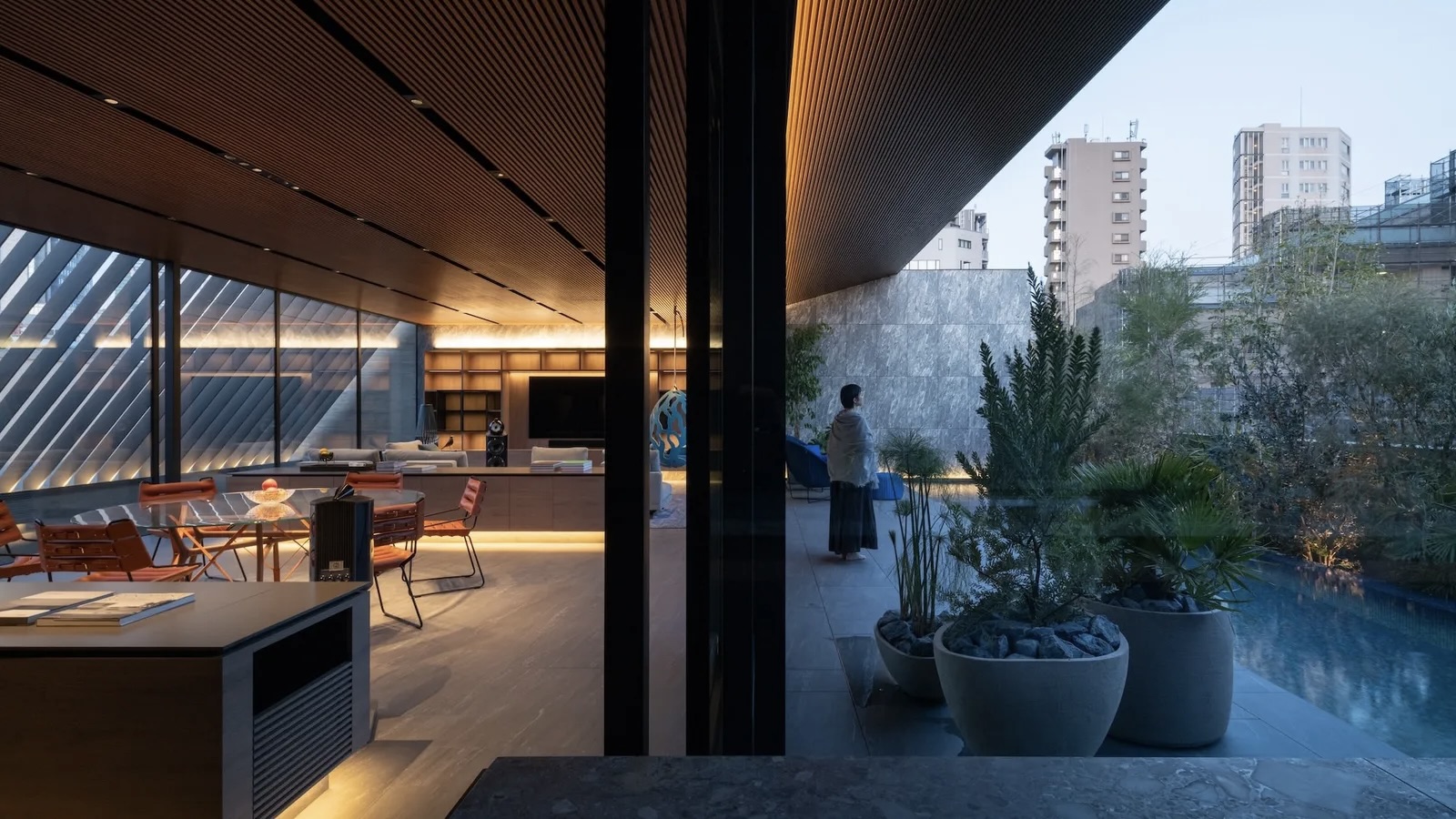 The Architecture Edit: Wallpaper’s houses of the month
The Architecture Edit: Wallpaper’s houses of the monthThis September, Wallpaper highlighted a striking mix of architecture – from iconic modernist homes newly up for sale to the dramatic transformation of a crumbling Scottish cottage. These are the projects that caught our eye
-
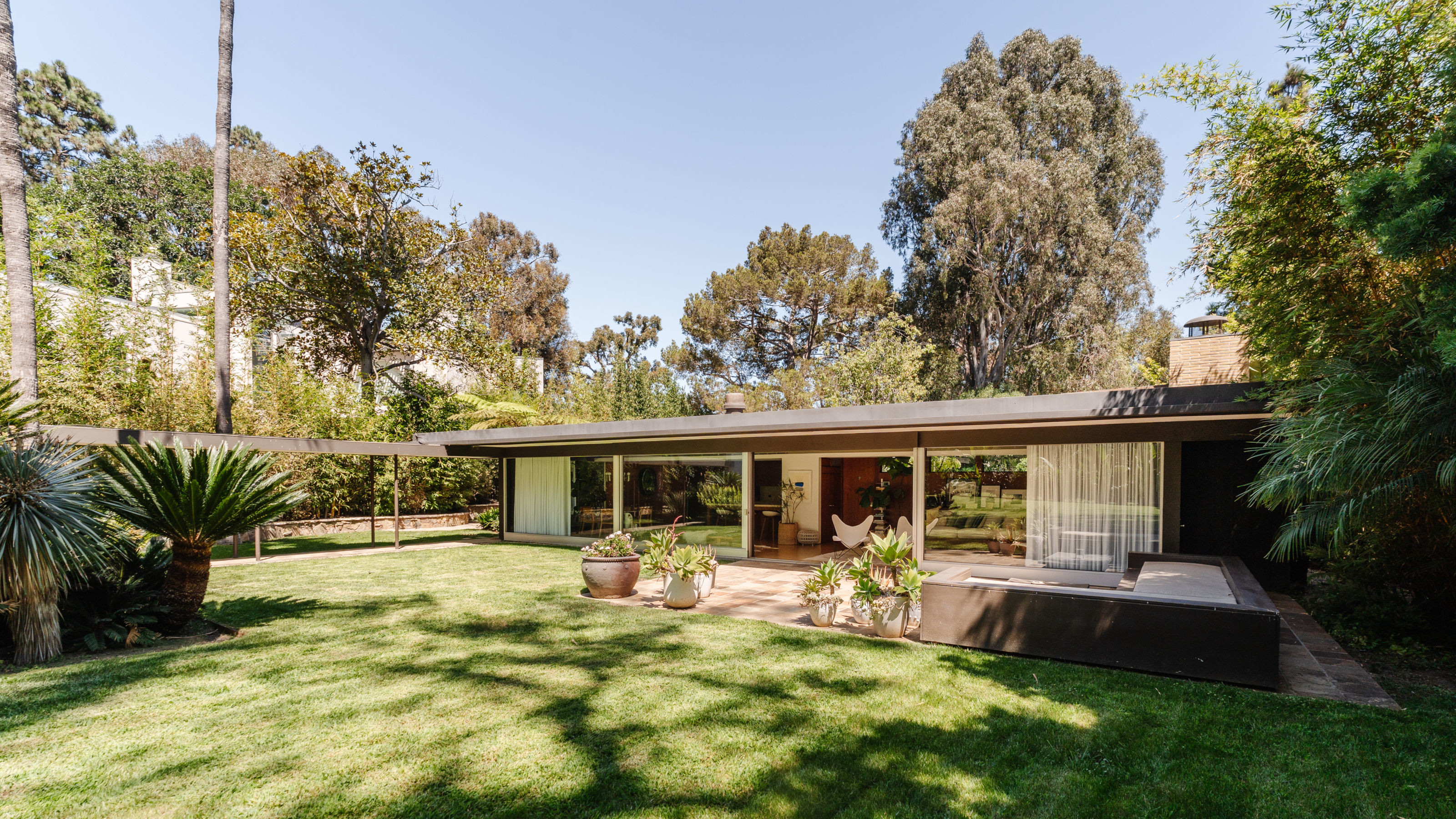 Richard Neutra's Case Study House #20, an icon of Californian modernism, is for sale
Richard Neutra's Case Study House #20, an icon of Californian modernism, is for salePerched high up in the Pacific Palisades, a 1948 house designed by Richard Neutra for Dr Bailey is back on the market
-
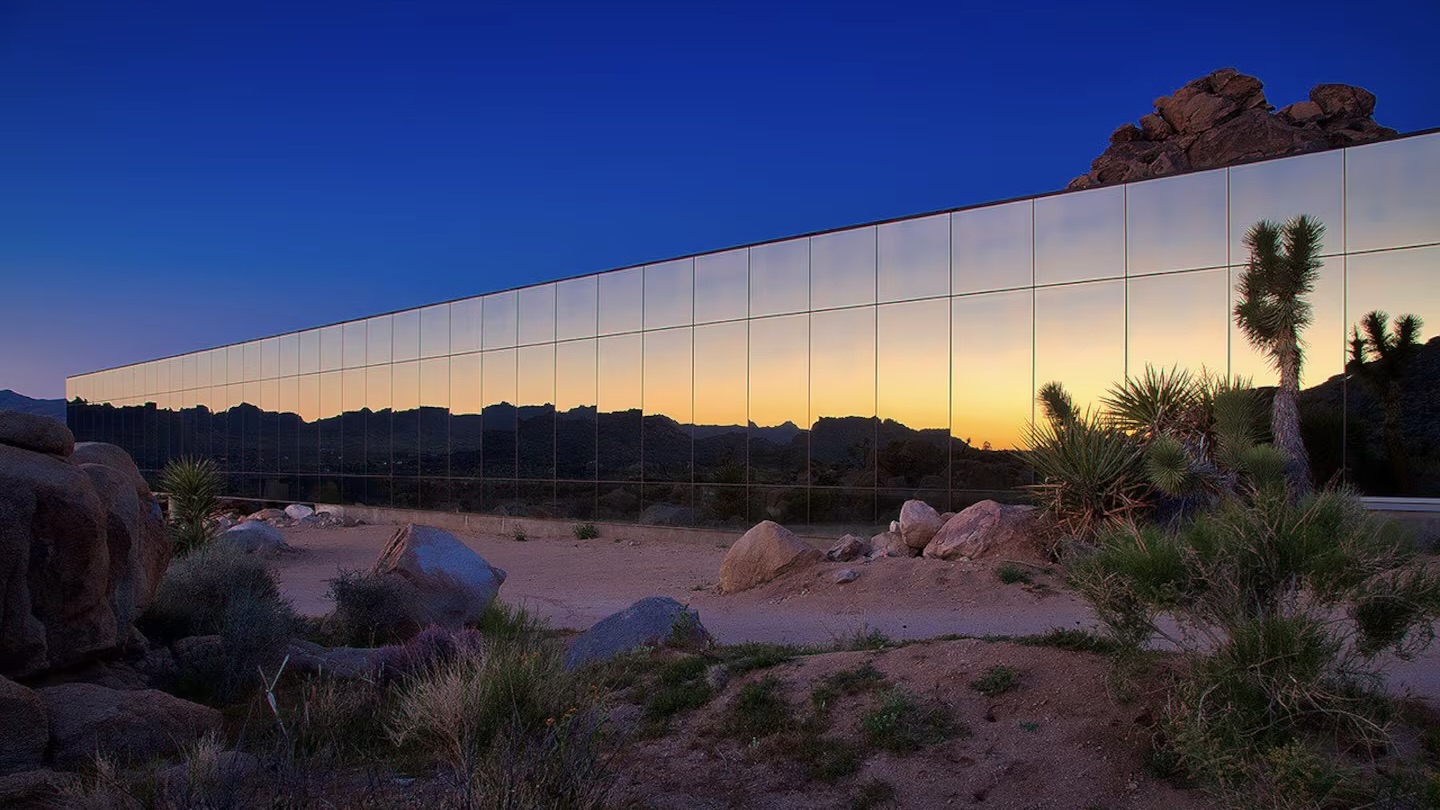 The best of California desert architecture, from midcentury gems to mirrored dwellings
The best of California desert architecture, from midcentury gems to mirrored dwellingsWhile architecture has long employed strategies to cool buildings in arid environments, California desert architecture developed its own distinct identity –giving rise, notably, to a wave of iconic midcentury designs